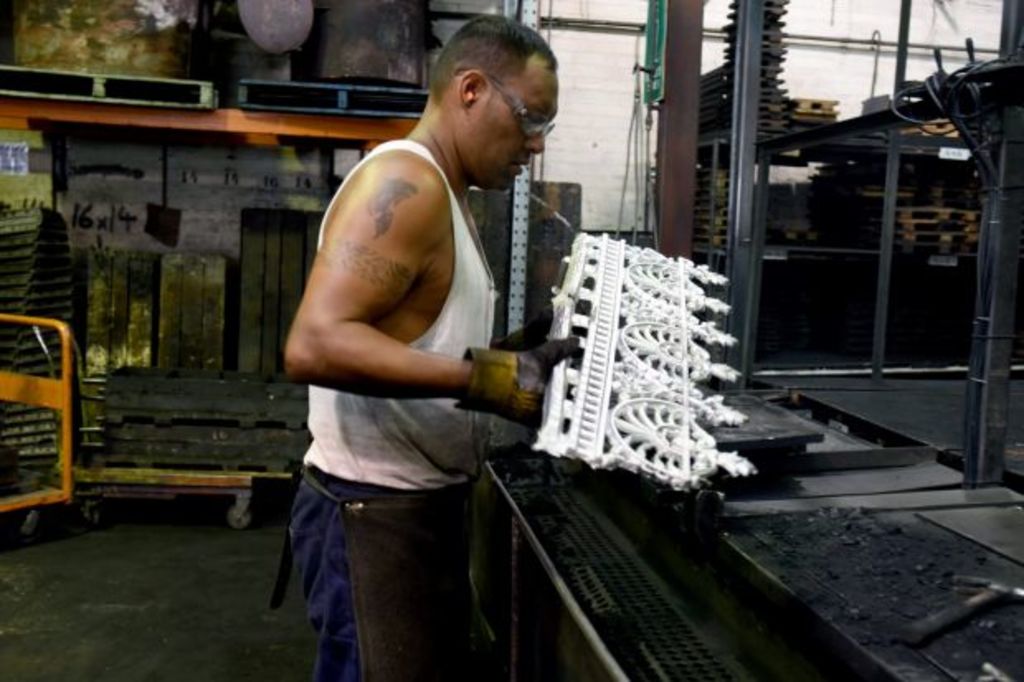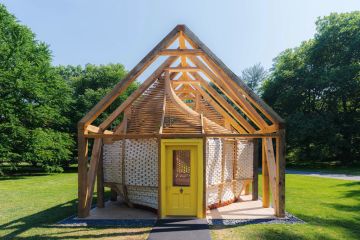Sydney's heritage buildings at risk as skilled tradespeople now hard to find

When John Bransby’s father started out in the architectural metalwork business in the 1940s, it was easy to find tradesmen to fix the ornate iron lace that adorns many of Sydney’s Victorian-era terrace homes.
Today, there are only two blacksmiths in NSW that Mr Bransby’s company, JB Wrought Iron, recommends to repair original ornamental ironwork.
“They’ve retired or died or gone out of business and they are not being replaced. The skill pool is getting pretty small,” Mr Bransby said.
Heritage advocates fear the integrity of Sydney’s oldest buildings is at stake as blacksmiths, bricklayers, stonemasons, plasterers and other artisans skilled in traditional techniques leave the industry, while cheap imports flood the renovation market.
Even the more modern lacework restoration method of using sand-cast aluminium panels is becoming less accessible as local foundries close. Central Foundry in Mascot is one of the only places in NSW that still produces this type of replica.
Meanwhile, cheaper dye-cast aluminium panels and stick-on sandstone tiles imported from China are proving irresistible to many renovators looking for a bargain.
Elisha Long, head of heritage at Sydney Living Museums, said finding experienced restoration builders and craftspeople was one of the biggest challenges facing owners of historic houses.
“One of the really troubling problems with a lack of traditional trade skills is the use of inappropriate materials that then cause the deterioration of the historic building they were meant to repair,” Ms Long said.
In her view, Australia is on track to head over the “skills cliff” in about five years, as the older generation of tradies retires.

Photo: Steven Siewert
Acclaimed restoration architect Alan Croker, director of Design 5 Architects, lamented cuts to TAFE colleges, which meant young people interested in traditional technology and skills had to learn on the job instead.
“Many of these people are increasingly reluctant to take on apprentices. The whole system of quality trades training is falling apart,” Mr Croker said.
There were “very serious consequences” for heritage conservation and sustainability more broadly if these subjects continued to be excluded from courses.
“The survival and long-term sustainability of our existing buildings is dependant on it.”
One of the two ironworkers Mr Bransby recommends is 32-year-old Dave Fleming of Leadbelly Forge and Metal Design, who learnt blacksmithing under the guidance of master craftsmen in England.
Mr Fleming said there was only a small window of time within which it was possible to repair original architectural features.
“Once it’s gone, it’s gone.”
We recommend
We thought you might like
States
Capital Cities
Capital Cities - Rentals
Popular Areas
Allhomes
More







